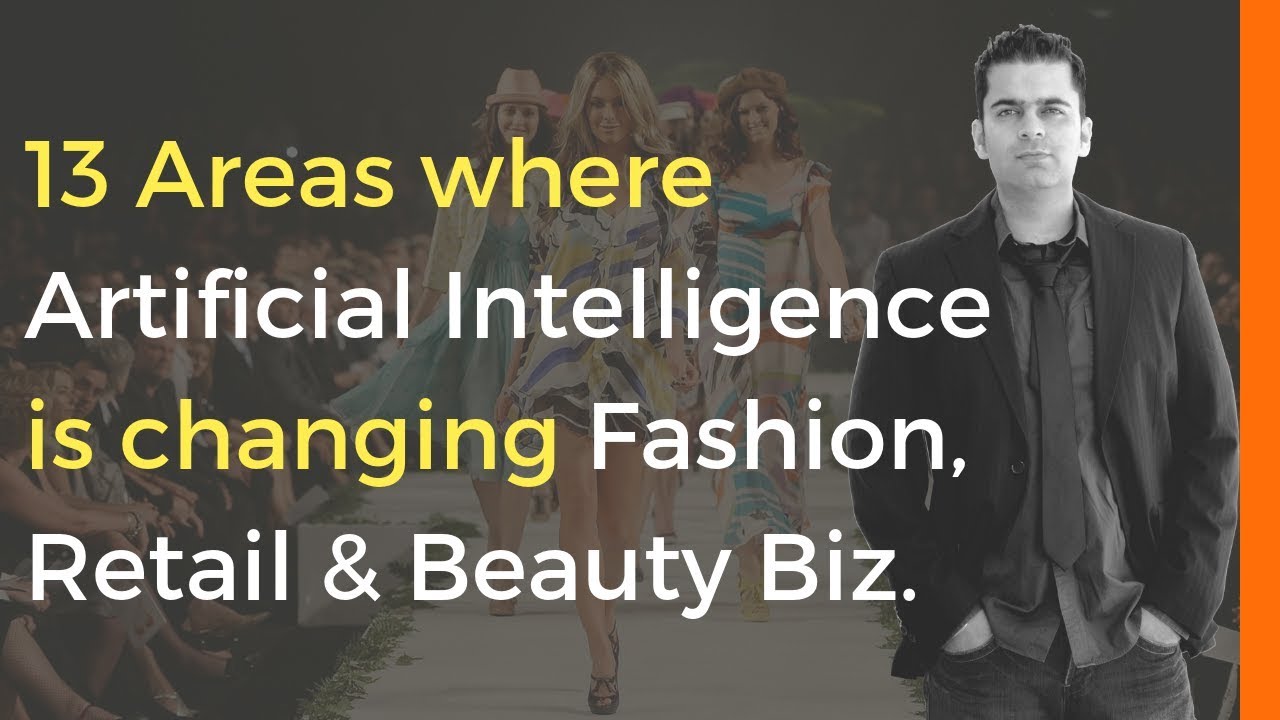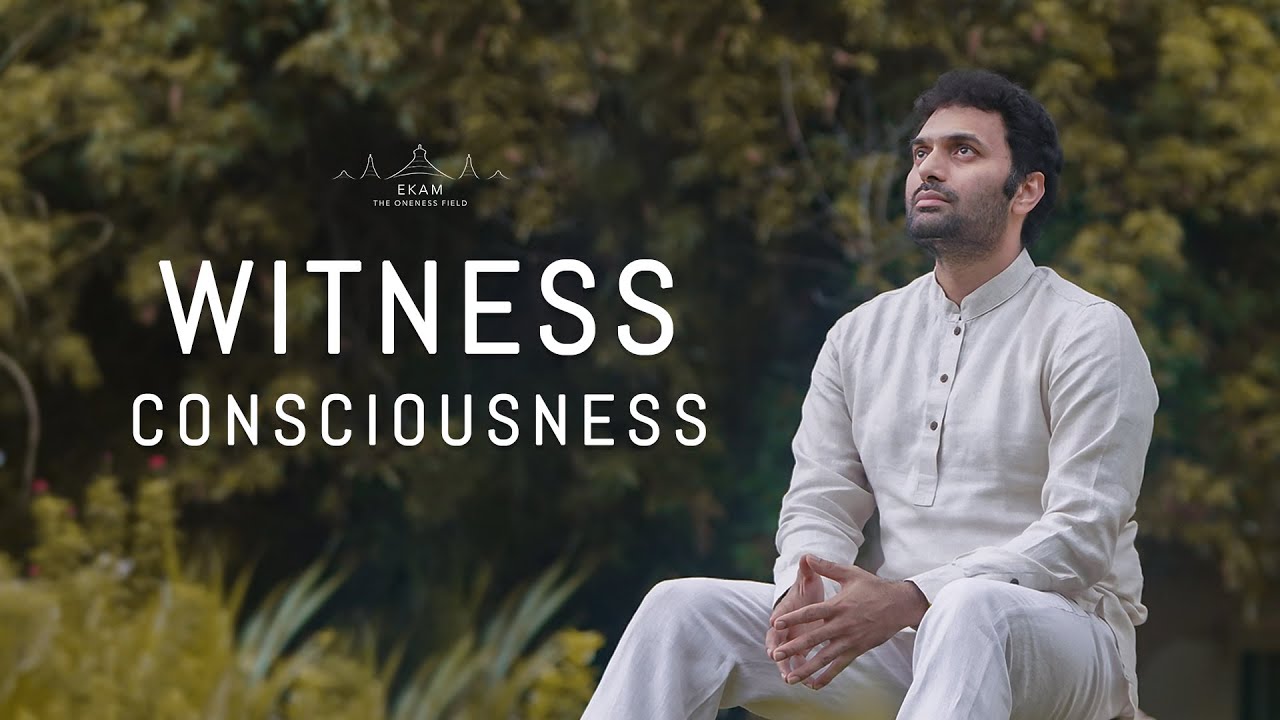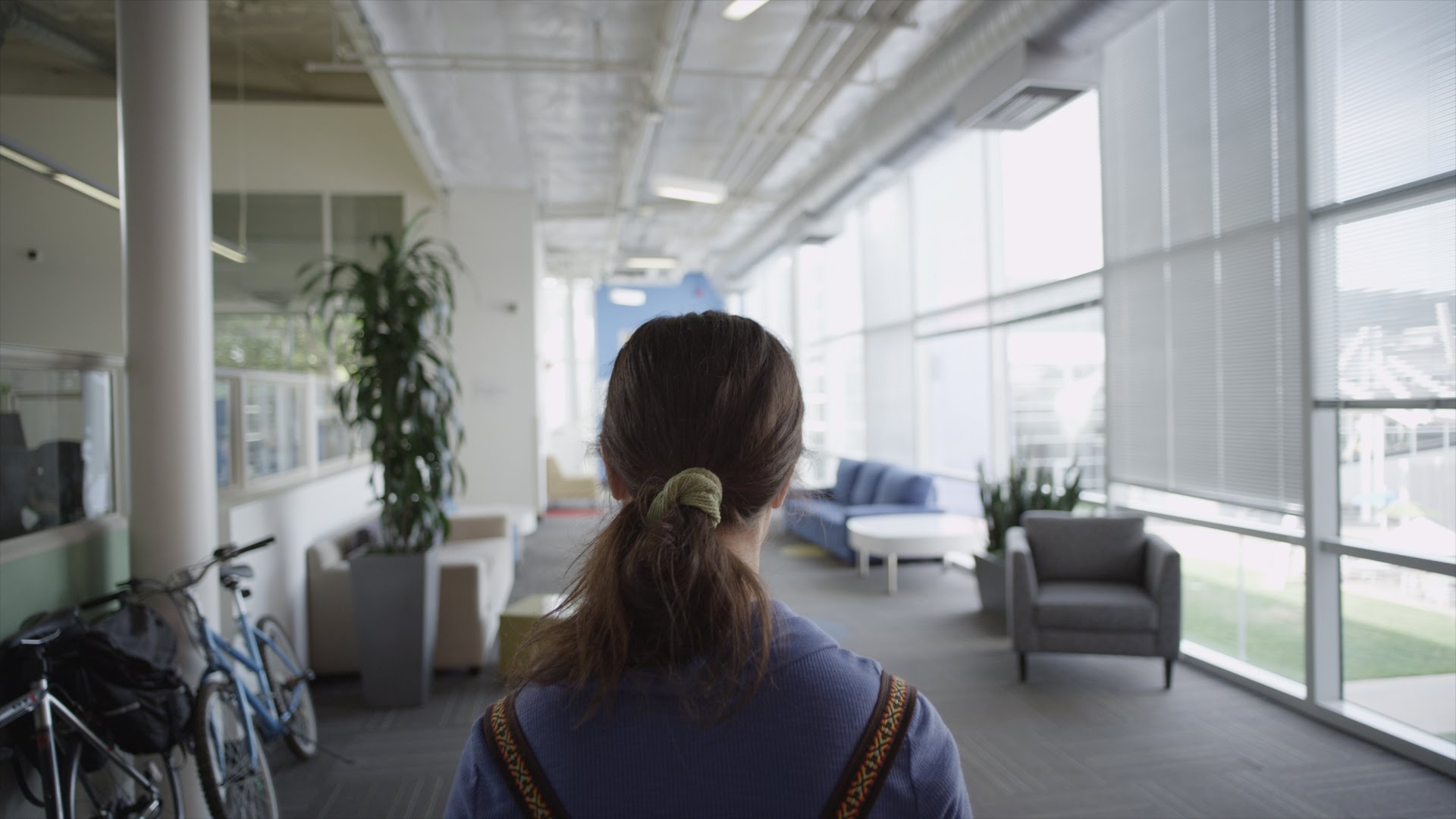vishal kalia
Artificial Intelligence, is here to stay and is affecting all the major industries
This tutorial walks you thru 13 areas where artificial intelligence is and could affect retail, beauty, clothing and fashion industry.
1. Supply Chain & Demand Projection:
H&M announced that they were sitting on $4.3B of inventory, that is a lot of money that is sitting and being wasted.
AI Solution: Using AI, it can use prediction analysis that which type of clothes, might not sell and create a combination of discounts, free shipping, product combo’s etc. to clear out the inventory that is most likely not to sell after a certain time period.
Rue La La collaborated with MIT to experiment with AI technologies to improve demand forecasting. They developed a system that helped them predict the demand for products in their flash sales and accounted for data sources including brand information, product type, color, price and a range of other factors. This enabled them to optimize prices and generate a 10 percent increase in revenue without the extra burden of unused inventory or supplier costs.4
German e-commerce player Otto uses deep learning to analyze billions of transactions and is 90 percent accurate in forecasting what it will sell in the next 30 days. This insight allows it to order a couple of hundred thousand items each month from vendors with no human intervention. It has also cut surplus stock by 20 percent and reduced costly returns by 2 million items each year.
2. Photos for a new collection
When you create new clothing line or launch a new collection, you have to take photos of all items to be posted on your website.
It can be extremely cost sensitive because it involves models, photographers, makeup artists etc and you have ot manage their schedules and re-shoots can be a pain in the ass.
There are AI companies that are enabling retailers to shoot images by putting clothes on mannequins and then replacing the mannequin with the 3D Image of the actual model. They did
3.GAP: Sorting Orders at Warehouse
When you order a product on GAP or Amazon or any other online retailer, there are actual people on the other side picking and sorting products for you. It is a huge cost for because retailers have to pay them, it takes a longer time to sort products and most warehouses can’t function 24/7.
AI Solution: GAP is testing and working with Kindered AI to train robots to pick and sort its products.
* Imagine: Robots pick items of different sizes, puts them together in a nice box and drone brings it to your door.
4. Inventory Checks and Re-stocking
Problem: today human beings go visit the racks and check if items need to be restocked.
AI Solution: Camera’s and sensors can automagically sense what is missing and needs to be restocked and can pre-order it for you.
And they can pair the understanding of the seasons, sales data etc to make sure they only order the item that is more likely to sell. And instead of getting new items manufactured, they can check if that item or similar item exists at other locations but its probability of selling at that location is low it, it can order it from there or ship it to the customer from there.
5. AI Designing Clothes
Amazon is developing AI that combines hundreds of thousands of designs, fabrics etc to create something new that it interprets that could sell.
Myntra’s brand Moda Rapido is powered by AI and works without human intervention to offer computer-generated designs, including T-shirts, jeans, kurtas, and shoes. The system is fed data from various sources, including customer data, social media, fashion publications etc., and creates thousands of combinations of designs, then hones in on what would sell well. It now has the highest gross margins compared to all other 14 brands under the Myntra portfolio.
6. Trend Forecasting
Trend forecasting is big business. There are companies such as WGSN does that. They have employees that go thru thousands of images, look for patterns, new trends and sort them out to do trend forecast.
AI: Analyzing which images, colors, style of photos that didn’t exist before but are getting high engagement. Combine that with data from hashtags, location, influencer, color distribution etc. AI can help analyze & predict upcoming trends.
Source




Vow! Your info started the thinking.
thanks, loved it. I am curious to see how Trend forecasting will get changed with AI
Fantastic work Vishal. This is super helpful and we can totally relate. Regards, Kaizad
For those who just found this video, I recommend watching Vishal's "what is AI" video prior to this one. That one definitely helps provide a foundation for understanding this one.
hi , this is a very good video for my case study , could you pls explain the second one more specific? like what app it uses?
Vishal sir I have been run retail stores….how can I reduced stock with calculation of products….using any AI inventory sir…suggest me… contact:9626506847